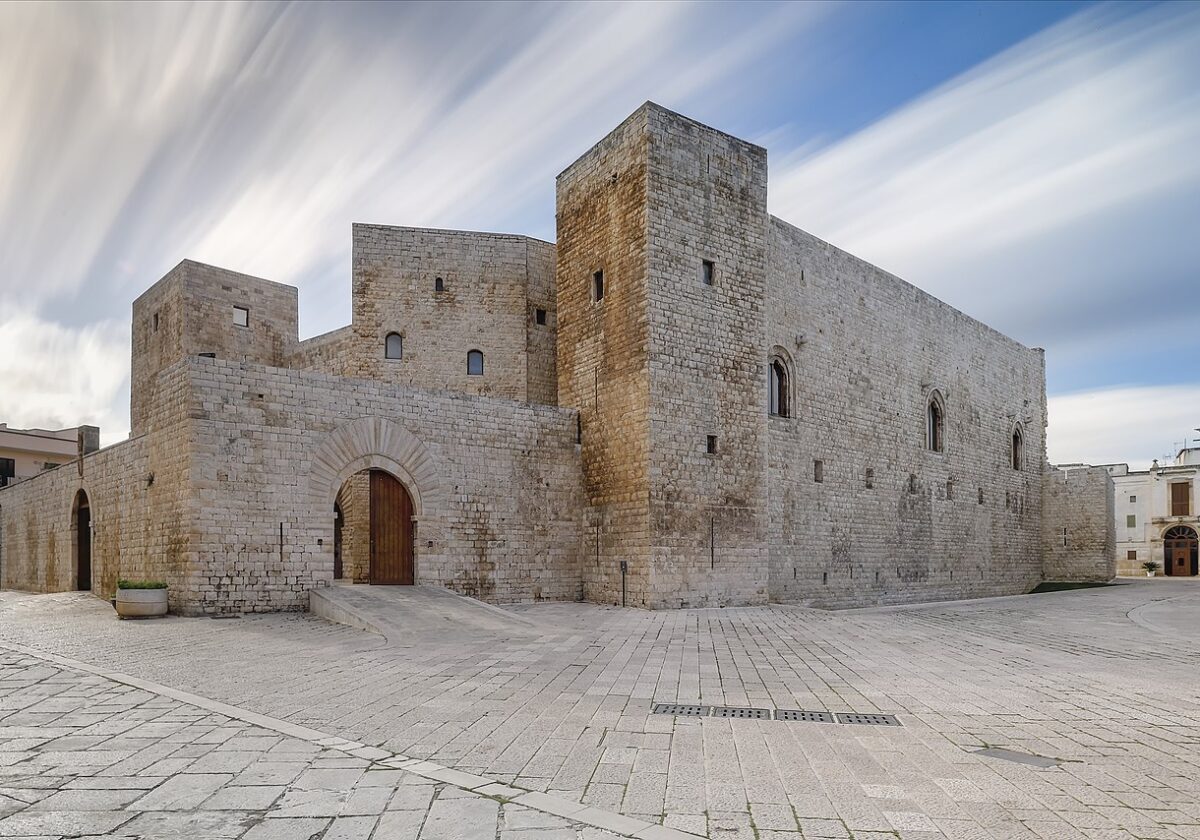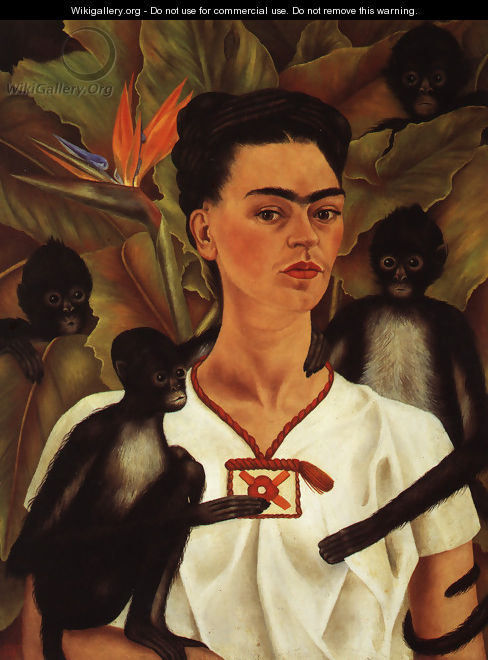The days of Spanish-language authors’ anonymity in U.S. are coming to an end.
From the South Florida Sun-Sentinel, By Tal Abbady
Raquel Roque was sitting in her vendor’s booth at the Miami Book Fair International when he shuffled by, unnoticed in the crowd: Guillermo Cabrera Infante, the Cuban exile author of Tres Tristes Tigres (Three Trapped Tigers), a 1967 novel about Havana’s pre-Fidel cabaret and gangster life that drew comparisons to the works of James Joyce.
For Roque, owner of the Spanish-language Miami bookstore Downtown Book Center, it was the ultimate celebrity sighting.
“He was walking by like a regular Joe and he looked kind of lost,” she said of the London-based author who died last year. “I said, `Oh my God. That’s Cabrera Infante.'”
When Roque glimpsed him in 1997, the Miami Book Fair International was a coveted but small stage for Spanish-language authors, both the celebrated and translated like Cabrera Infante, as well as lesser-known names.
But in the past decade, the fair’s Ibero-American Authors Program has become a who’s who in the Spanish-language literary scene. It has grown dramatically to reflect the Hispanic population’s boom and the proliferation of Spanish-language publishing imprints in the United States.
60 Hispanic authors
This year’s program includes 60 Hispanic authors, more than in any previous year, according to Adriana Salas, who helped coordinate the event.
Mega-sellers like Chilean Isabel Allende (who will speak in English and Spanish) are scheduled to present their works alongside writers including Miami-based Cuban novelist Daína Chaviano (La Isla de los Amores Infinitos/The Island of Infinite Loves, 2006), Chile’s Jorge Edwards (Persona non grata, 1973; El Inutil de la Familia/The Worthless One in the Family, 2004), Nicaraguan Gioconda Belli (El Pergamino de la Seduccion/The Scroll of Seduction, published in 2005 in Spanish and 2006 in English) and Argentine Marcos Aguinis (¿Que Hacer?/What To Do?, 2005).
Exile and the political consciousness that often defines Latin American literature will be among the themes discussed in this year’s presentations, along with the subjects of immigration and Cuba’s future. On a lighter note, readers can attend talks on Latin American soccer and the controversy surrounding Dan Brown’s The Da Vinci Code, a best seller across borders.
Also noteworthy, Maria Kodama, the widow of Jorge Luis Borges, will lead a tribute to her late husband on the same day — Saturday — that a panel called Tinta Fresca (Fresh Ink) will celebrate the works of new or relatively unknown writers and poets.
“We’re trying to encourage a Spanish-language literary scene in South Florida,” Salas said of the growing numbers of Hispanic authors who swamp Miami every November.
Growing demands
As more publishers launch Spanish-language imprints and major booksellers like Barnes & Noble and Borders cater to a growing bilingual Hispanic clientele, the Spanish-language and Anglo book worlds have begun to intersect.
The Miami Book Fair International, says Roque, who volunteers at the fair yearly, is an important bridge between the two.
“A lot of publishing companies have established offices here in Miami. We have a huge Hispanic population, and these are readers who contribute to the fair. They go to it. They listen to the authors speak. They buy the books,” said Roque, whose Cuban exile family has operated Downtown Book Center, Inc. since 1965.
The fair draws some of the best-known players in Spanish-language publishing, including Silvia Matute of Miami-based Santillana, Marla Norman of the Spanish publisher Planeta’s Miami office, and Ulises Roldan of the Colombian publisher Grupo Editorial Norma’s San Juan office.
They go to capitalize on the growing demands of Hispanic readers.
According to a recent Publishers Weekly report, Barnes & Noble’s Spanish-language sales have tripled since 2000. In the past year, HarperCollins Publishing’s Spanish-language imprint, Rayo, launched in 2000, saw its sales increase by about 150 percent through two distributors that supply books to Wal-Mart and Target.
Reflecting English-language trends, many best-selling titles are self-help tracts, or how-to books and cookbooks. Roque’s own cookbook, Cocina Cubana, will be published by Random House in the fall of 2007 in Spanish, and there is interest in an English-language version.
After a 2001 merger with Italian publisher Mondadori, Random House expanded its overseas divisions, which now include such prestigious Spanish-language imprints as Plaza & Janes of Mexico, Grijalbo of Spain and Sudamericana of Argentina. All three typically send representatives to the Miami Book Fair International.
New readers
Roque predicts that the days of authors who enjoy a large fan base at home but trudge through Miami’s book fair in ghostly anonymity are fast waning as Spanish-language books sales and publishing in the United States take off, and more writers see their work translated into English.
Still, she has seen her share of Latin American authors stumped by the relative lack of adoration in Miami.
“When they arrive, they’re just like any other Juan Gonzalez and that might come as a shock to them. They’ll be wondering, `Why didn’t 2,000 people show up at my reading?’ The United States is a virgin market for them, and there’s always the illusion of being known here. Once it happens, it’s a thrill,” she said.
Award-winning Cuban exile writer Daína Chaviano, whose work blends political themes with science-fiction, has participated in the fair for the past six years. Two years ago, she was invited to be the guest speaker at the annual conference of the International Association for the Fantastic in the Arts, a literary and academic gathering.
“I was shocked to learn I was known in the English-language world,” she said.
Chaviano’s work has been translated into more than 20 languages. But English had not been one of them until now. Riverhead, a subsidiary of Penguin, will publish an English-language edition of her novel La Isla de los Amores Infinitos in early 2008.
Does she see the English-language translation as a big break?
“The important thing is that contact with the public — to meet readers, whether in China or America, and have them tell you they see themselves reflected in your characters,” she said. “My hope is for that to happen in as many languages as possible.”





